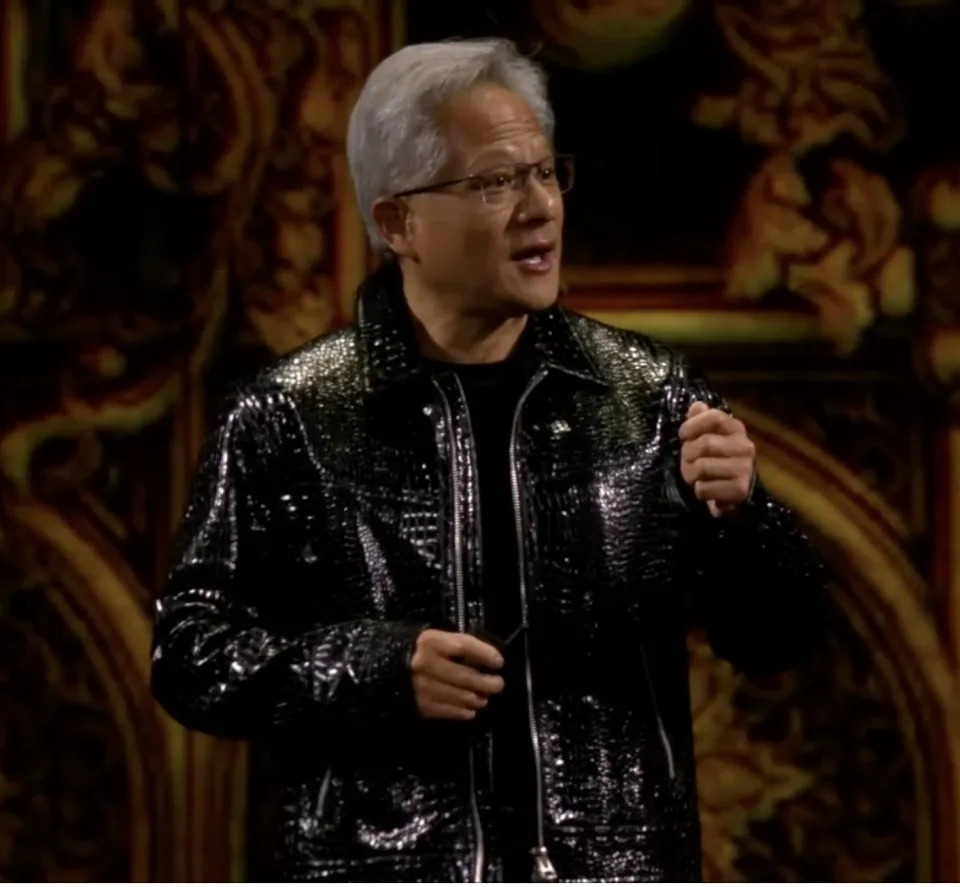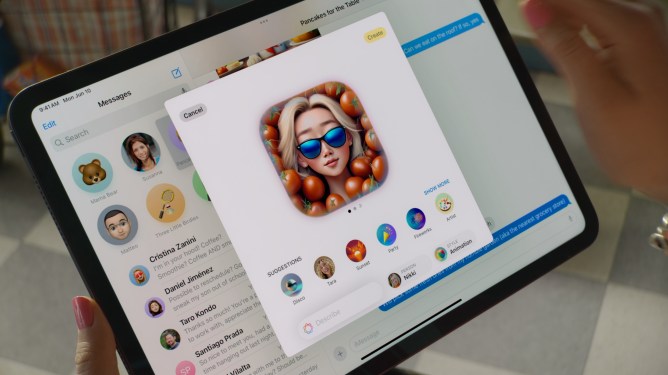Introduction
In a highly anticipated event, Nvidia took center stage at CES 2025 in Las Vegas, unveiling its latest AI-centric innovations that are set to revolutionize the world of artificial intelligence. With its stock price soaring by up to 4.7% ahead of the keynote, Nvidia’s CEO Jensen Huang laid out his vision for a future where AI software powers robots and self-driving cars, and a new AI supercomputer that fits on your desk.
A Vision for the Future
Huang’s keynote presentation highlighted Nvidia’s commitment to pushing the boundaries of AI research and development. With its CUDA software allowing developers to utilize its chips for running AI programs, Nvidia has been at the forefront of AI hardware innovation. The company’s latest announcements focused on harnessing the power of its existing Hopper and Blackwell platforms, with a potential next-generation chip debut set for the GTC conference in March.
The GB10 Superchip: A Pint-Sized Powerhouse
During the keynote, Huang showcased Nvidia’s newest Blackwell-based chip, the GB10 superchip. This compact version of the GB200 superchip combines a Grace central processing unit (CPU) with two Blackwell graphics processing units (GPUs). The smaller GB10 pairs a Grace CPU and Blackwell GPU, making it an ideal choice for researchers looking to prototype, fine-tune, and run large AI models.
Project DIGITS: A Powerful Desktop System
Nvidia is set to release Project DIGITS, a small desktop system that incorporates the GB10 superchip. This setup boasts 128GB of memory and 4TB of storage, making it an ideal platform for researchers who need to process complex AI tasks. Project DIGITS will start at $3,000 and be available in May from Nvidia and its OEM partners.
Cosmos: Developing Physical AI Systems
The company also debuted its open model license Cosmos platform, designed for developing physical AI systems. This innovative platform utilizes world foundation models (WFMs), which simulate real-world conditions to enable the development of humanoid robots and self-driving cars. With Cosmos, companies can create software that powers these complex systems without the need for expensive hardware or real-world testing.
Isaac GROOT Blueprint: Teaching Humanoid Robots
Nvidia’s Isaac GROOT Blueprint is a game-changer in the world of robotics. This software connects to Apple’s Vision Pro headset and allows developers to record specific movements that can be taught to humanoid robots. The AI system then synthesizes these movements, providing the robot with an extensive set of actions based on the original motions.
Autonomous Vehicles: A New Era of Transportation
On the automotive front, Nvidia announced that Toyota will begin using its DRIVE AGX Orin chip and DriveOS operating system to power advanced driver assistance features in its next-generation vehicles. Huang proclaimed, "The AV revolution has arrived. I predict this will likely be the first multi-trillion-dollar robotics industry."
Nvidia’s Partnership with Continental and Aurora
In a significant partnership, Nvidia has entered into an agreement with automotive company Continental and self-driving truck company Aurora to use its DRIVE hardware and DriveOS software alongside Aurora’s level 4 autonomous driving system. This collaboration will bring autonomous trucks hauling freight to roads by 2027.
Nvidia AI Agents: The Next Big Shift in Enterprise and Consumer AI
Nvidia also announced the development of AI Blueprints, specialized AI programs that can perform multistep tasks across different apps. Companies like Google and Microsoft are betting big on AI agents as they automate mundane tasks like importing information from emails into spreadsheets.
Enabling AI Capabilities for Standard Graphics Cards
The company has also enabled users running its latest RTX graphics cards to launch foundation models using the Nvidia NIM platform. This move will open up broader opportunities for software developers and help Nvidia court more customers in the future.
Conclusion
Nvidia’s AI-centric announcements at CES 2025 have set the stage for a new era of artificial intelligence. With its commitment to innovation and collaboration, the company is poised to revolutionize industries like robotics, automotive, and consumer electronics. As we move forward into this exciting future, one thing is clear: Nvidia is leading the charge in AI research and development.
Stay Ahead of the Curve
Sign up for Yahoo Finance’s Week in Tech newsletter to stay up-to-date on the latest technology news that will impact the stock market.
Contact Us
Email Daniel Howley at dhowley@yahoofinance.com or follow him on Twitter at @DanielHowley. Read the latest financial and business news from Yahoo Finance.



